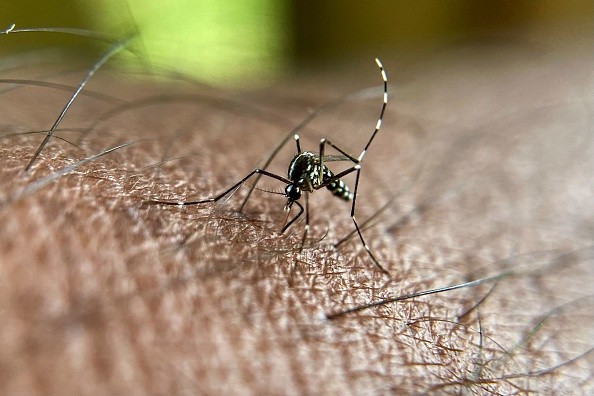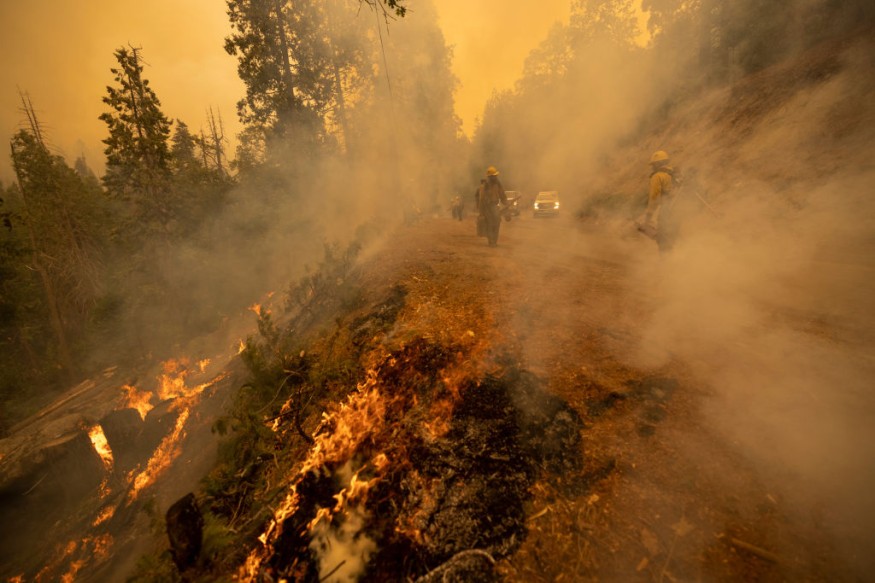For decades, George Wuerthner was surrounded by mosquitoes, sometimes in almost unimaginable numbers. Though he has observed swarms of mosquitoes in the lower 48 states-the Everglades, for example-nothing compares to the insect storm Wuerthner experienced in the Far North.

Backpack Adventures
Wuerthner remembers a backpacking trek across Alaska's Brooks Range. The mosquitoes were so thick that he could pluck a handful of the swirling mass of winged tormentors off my leg or arm and build a snowball out of their bodies.
Although he was wearing a hooded sweatshirt, gloves on his hands, heavy wool leggings, and a handkerchief across his face to keep the stinging insects at bay, the virtually constant whining sounds nearly drove him nuts. Wuerthner let out a shout and rushed roughly 25 feet at one point. For a little while, he was free of the incessant hum.
Mosquito Encounter
He could practically see the silhouette of his body in a whirling mass of insects as he returned his gaze to where he had been standing. The mob then fused into a gray beach ball shape and charged right at him.
Only inside his tent, which he had to put up to have even a snack, did he find tranquility. Otherwise, he was swarming my mouth with insects.
Wuerthner likes to hike at night (mid-night sun) and chooses a route through vast stretches of aufeis along rivers. When spring water breaks up through the ice-covered rivers, it refreezes on the surface, forming these chunks of ice. These ice slabs may be kilometers long and 10 feet thick at times. The colder air temperature above the ice inhibited the mosquito's desire to fly.
He had a habit of napping in the middle of the day. Before he could drift off to sleep, Wuerthner would plunge inside his tent and spend a half-hour swatting and killing the many dozen mosquitoes that had found their way inside.
Mosquitoes are, of course, vectors for malaria and yellow fever.
As a result, you'd assume he'd back any measures to diminish or eliminate mosquitoes.
Mosquitoes and Wildfires
Mosquitoes play an important part in the environment in a variety of ways. They are among the most important flower pollinators in the Arctic. Several species of birds, bats, amphibians, and reptiles eat them. They are necessary for nutrient delivery of nitrogen and other components for plant growth because they lay eggs in water pools, where the larvae develop into flying insects but perish all over the landscape.
They can have an impact on animal movement due to their swarming behavior. Caribou, for example, prefer to eat on windswept hills to avoid being bitten by insects. Humans used to do the same thing, choosing open places and ridgelines for camping.
"In summary, mosquitoes are essential to healthy ecosystems, and eliminating them from the land is impossible, and even if it were, I would not recommend this technique," Wuerthner added.
Working from the body outwards, Wuerthner believes, is the best approach to deal with mosquitoes. As a result, he wears gear that shields him from mosquito bites, much as he did in Alaska. When he resided in Vermont, he had a screened porch in mosquito-prone sections of the country.
His tent is equipped with a mosquito net. He also has to wear a mosquito net over his face occasionally, which he despises since it restricts his eyesight. He sets his tents in areas where the wind might help to keep biting insects at bay.
Wildfires, too, are necessary for a healthy ecology. Wildfires, like mosquitoes, maybe both irritating and dangerous. Wildfire, on the other hand, is critical to ecosystem health. Fires reset the biological environment in most situations, favoring early successional species.
At the same time, fires produce habitat for many animal species, such as snags and fallen logs. Snags caused by high-severity fires support at least 45 percent of the birds in the northern Rockies. In smaller streams, logs that fall into streams, many of them due to wildfire, provide the bulk of fish habitat.
Wildfire Prevention

Wildfires frequently generate a mosaic of age classes and species variety, enhancing wooded stand stability. In summary, wildfires are critical to ecosystem health.
And, like mosquitoes, the best approach to combat wildfires is to start at home and work your way outwards. Under severe fire conditions, thinning, clearcutting, and planned burns do not stop flames.
We're in the midst of a west-wide drought that hasn't happened in 1200 years. Under these conditions, none of the standard remedies work. Building fire resilience in our communities is one approach to adapt to this predicament.
Installing fire-resistant roofs and thermal pane windows, decreasing the flammability of landscapes near homes, and designing escape routes in a big fire are just a few of the methods that can help communities survive fires.
We can't control earthquakes or the tides, so we can't halt fires in our woods. However, humans can learn to live with wildfire and have a good chance of surviving it. Because we can't foresee where a fire will start, treating the forest to delay or halt flames to rescue communities is a waste of money, not to mention degrading the forest.
Rather than wasting billions on logging the wilderness, we could use that money to assist communities in adapting if and when a wildfire strikes.
For more similar news, don't forget to follow Nature World News!
© 2025 NatureWorldNews.com All rights reserved. Do not reproduce without permission.





